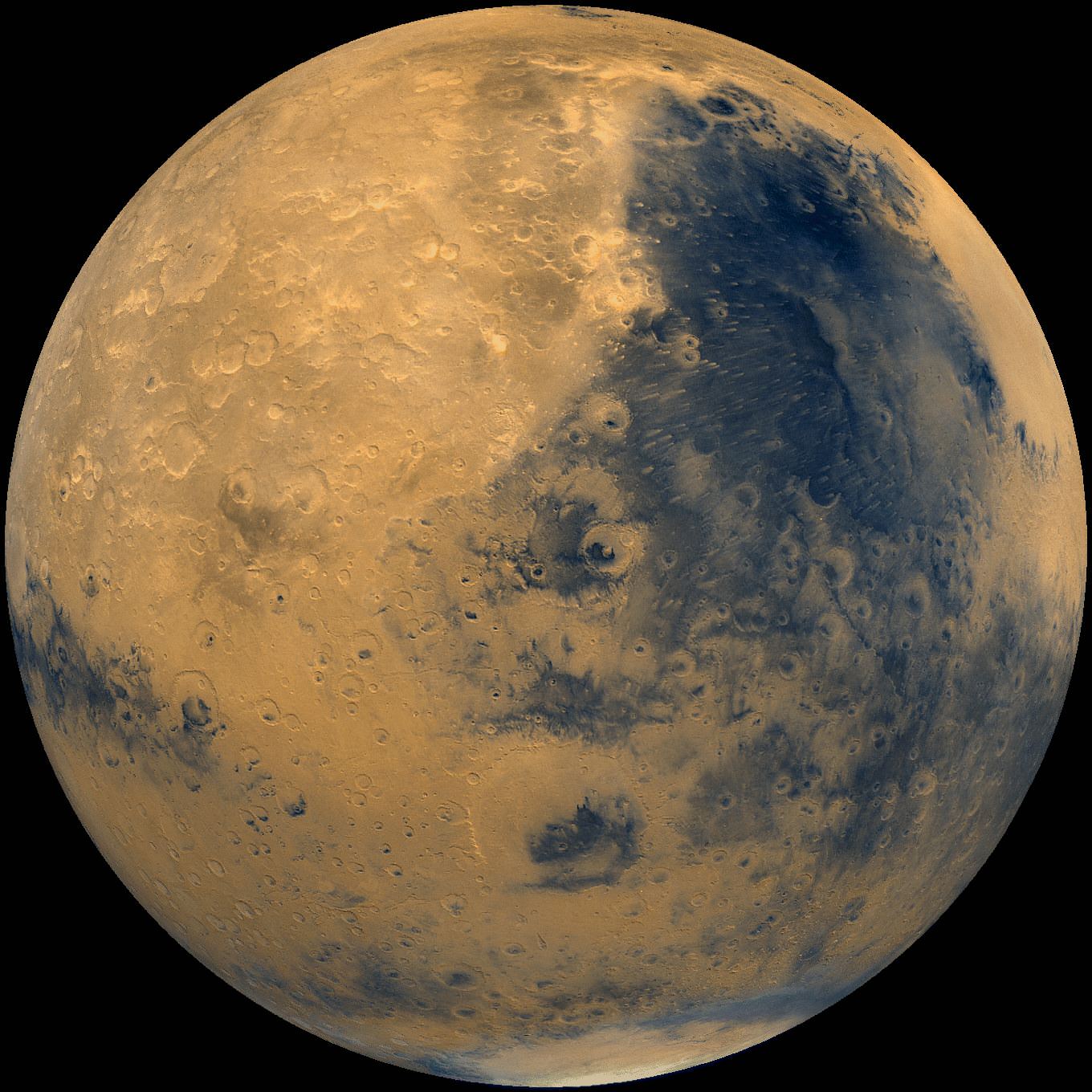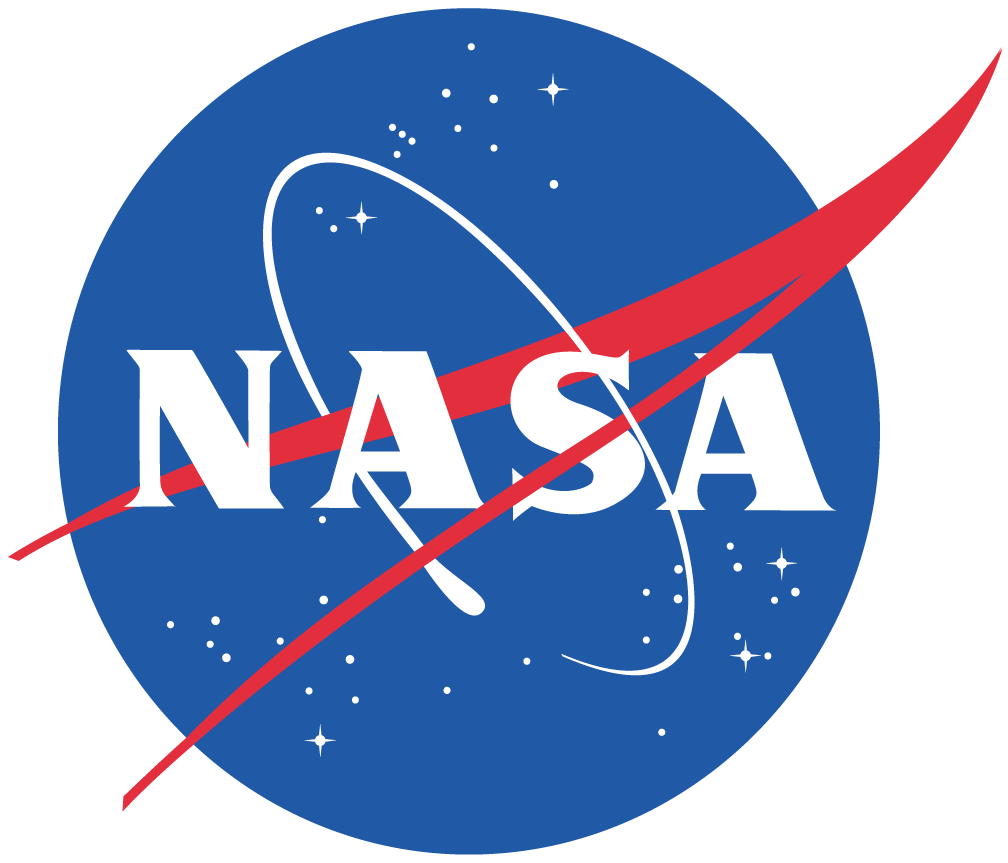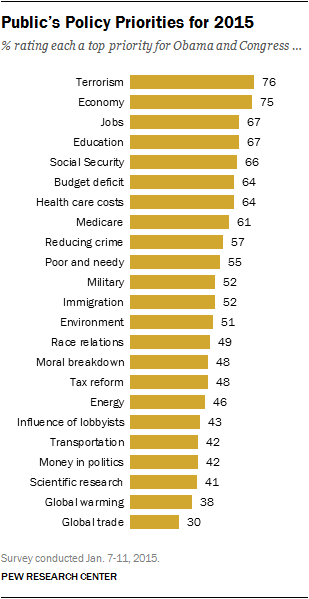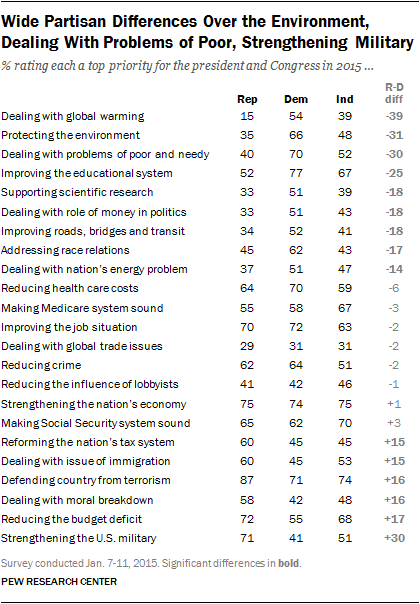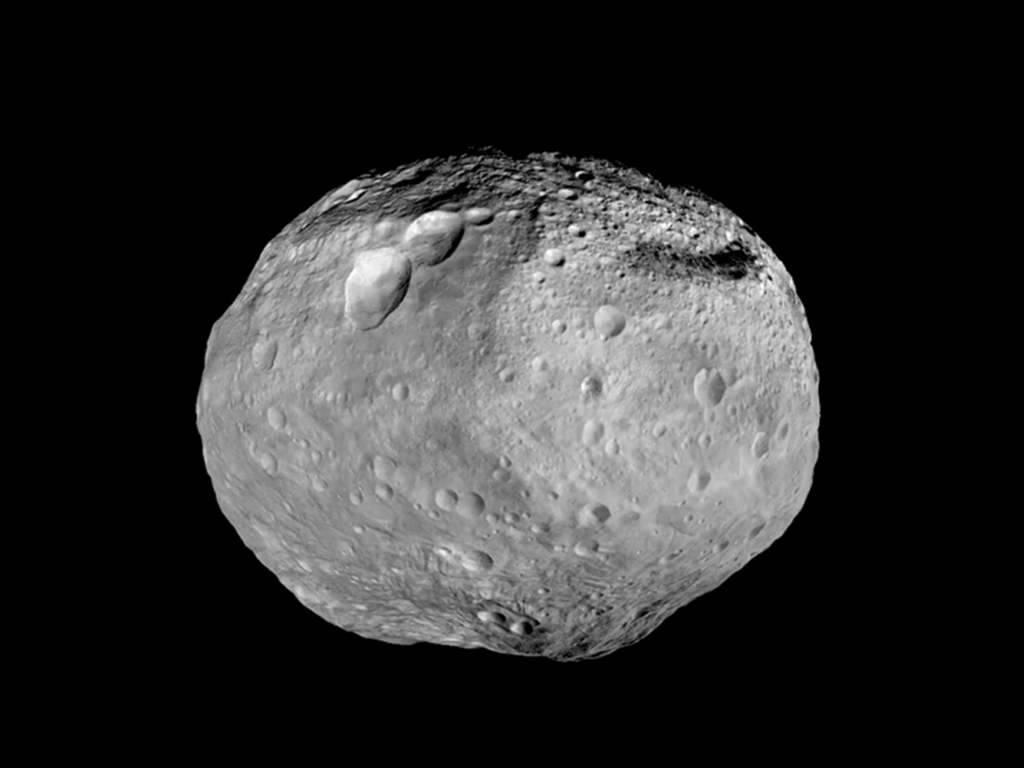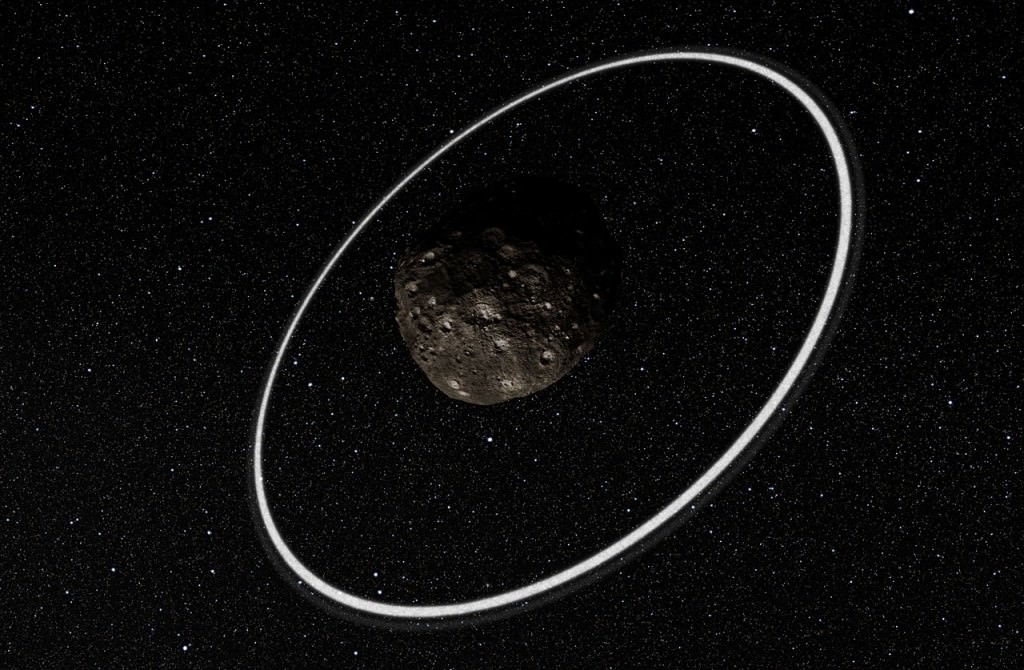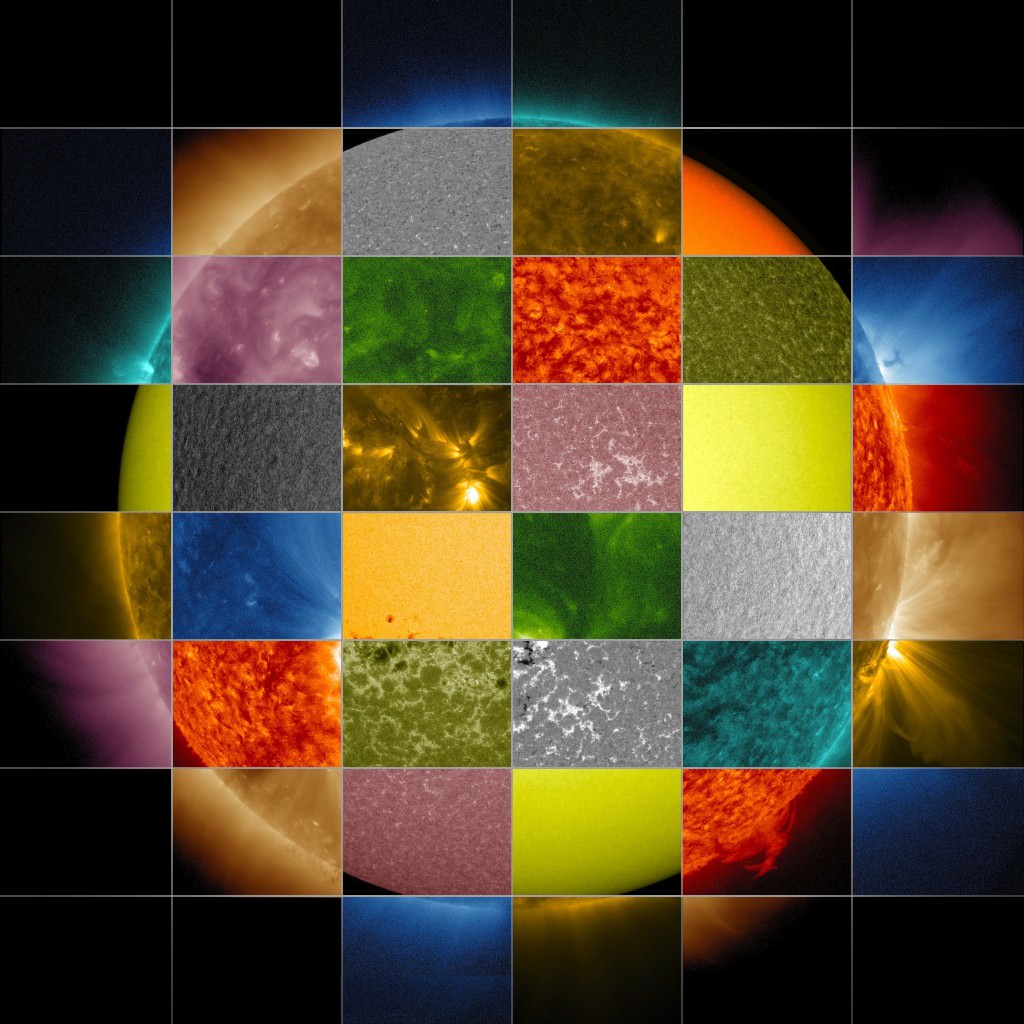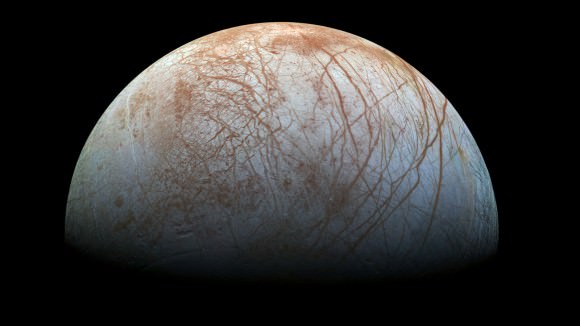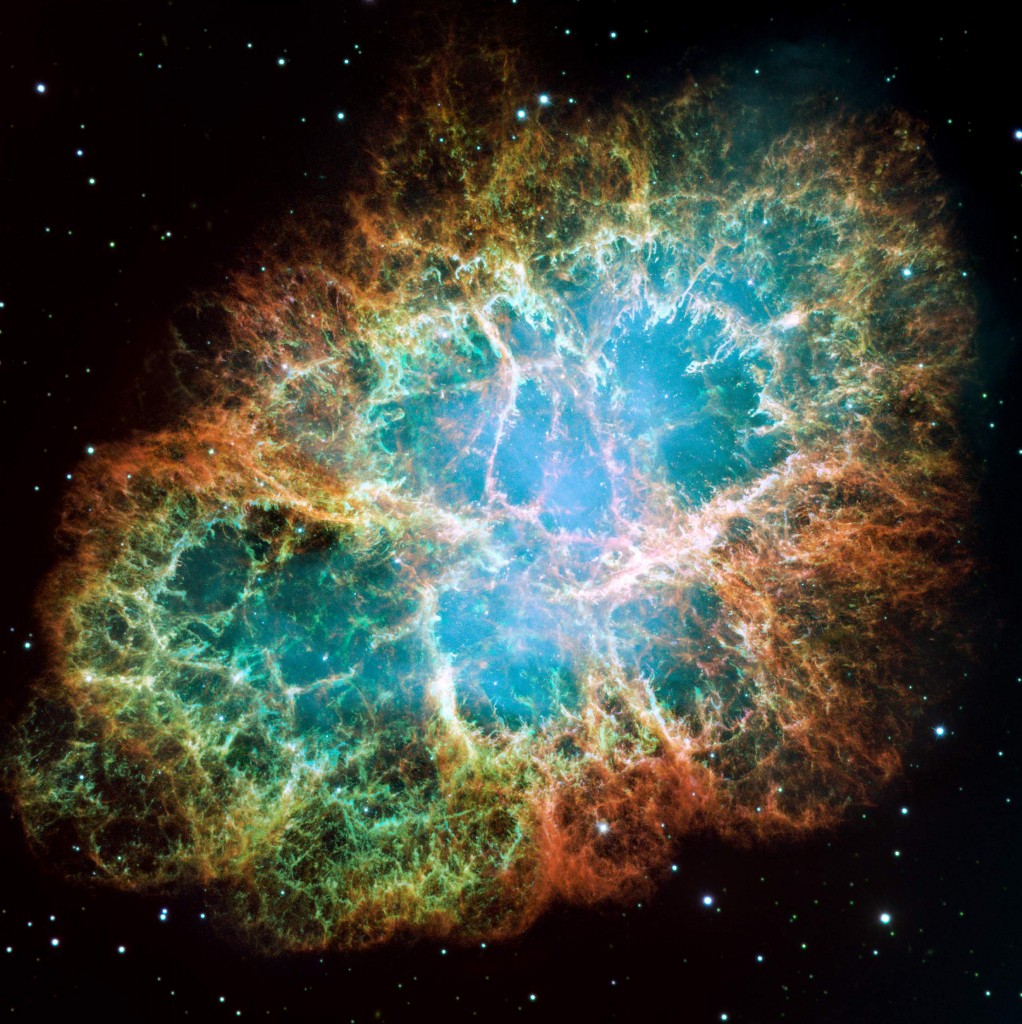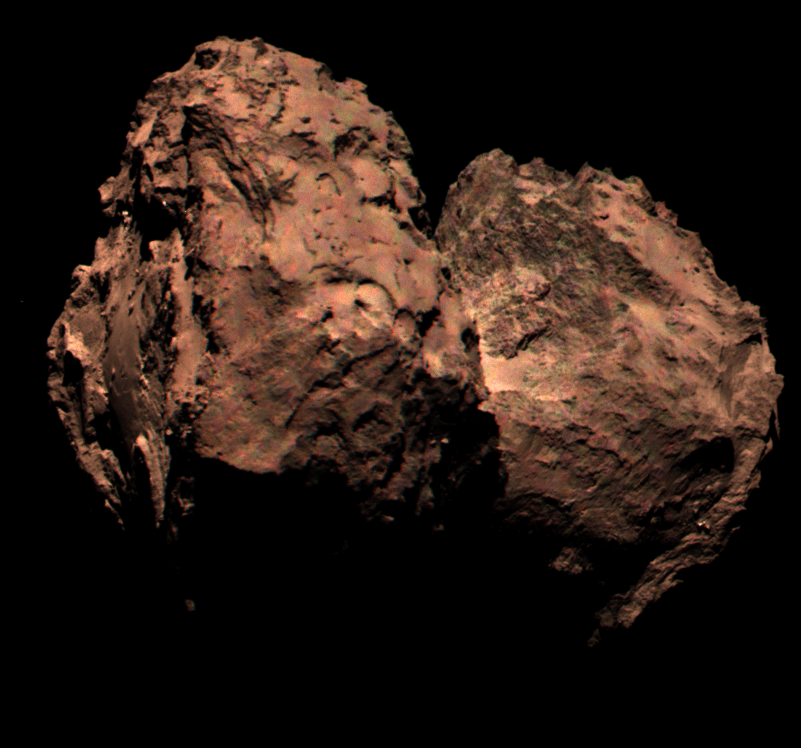Start your clocks. If the Planetary Society gets its wish, humans will be lifting off for the Red Planet eighteen years from now. That’s the conclusion of 70 experts in various fields relating to human spaceflight convened by the well-known planetary science advocacy organization, as announced today. A full report describing their conclusions will be released later this year, but in the mean time, let’s take a look at some of the plan’s basic tenants:
- Constrain costs by limiting new technology development
- Need to “get on the road” by 2033
- An orbital mission first will provide valuable experience and opportunities for science
- NASA can afford the mission using funds currently devoted to the ISS
- Land a crew by the end of the 2030s
- Broad support expected for an orbit-first plan
- Need to establish means for industry and international partners to participate
Constraining costs: At the height of the Cold War, NASA spent more than $110 billion in a decade to land twelve men on the surface of the Moon. That kind of outlay simply isn’t going to happen today. In order to enable a crewed Mars mission without seeking a dramatic expansion of the agency’s budget, NASA will need to reuse a lot of technology originally developed for things like the International Space Station (ISS). This will come with a side benefit: technology development can be extremely time-intensive and is frequently the source of program delays. The more repurposed technology used, the less likely the mission is to run over schedule.
A 2033 launch: This seems plausible, but only if NASA maintains focus. Too frequently in the past, human spaceflight programs have faced constant redirection. Think of the transition from Constellation to the extended Shuttle program to the Space Launch System and continuing questions regarding the Asteroid Retrieval Mission. If NASA is going to undertake this mission, it will need to survive the transition between at least three (and as many as six!) presidential administrations. That’s no easy feat.
Science from orbit: There is little doubt that orbiting Mars before attempting a landing would provide valuable experience. This is the exact path tread by the Apollo program to great success. But, what of the Society’s claim that such an orbiting mission would provide valuable science opportunities? That’s a little tougher to gauge. Until the full plan is released later this year, it’s tough to know what they have in mind. Certainly, it would be an invaluable opportunity to study the effects of long-duration spaceflight on humans outside of the protection of the Earth’s magnetic field. But, I’m skeptical of any claim about performing orbital Mars science. Just like with the Asteroid Retrieval Mission, it seems likely that any science could be accomplished at a far lower cost through robotic explorers.
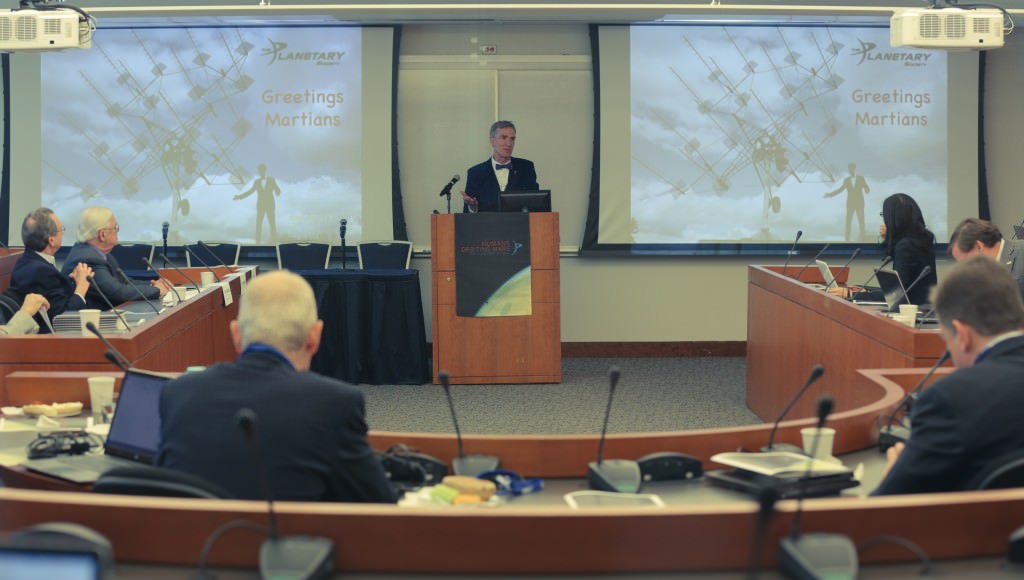
Raiding the ISS piggy bank: This is perhaps the most interesting piece of the plan. In the wake of Russia’s announcement that they intend to pull out of the ISS collaboration after 2024, the future of America’s presence in Low Earth Orbit has been in question. The Planetary Society provides one possible answer: by using the funds currently earmarked for maintaining the orbiting laboratory, NASA could execute a crewed trip to Mars without needing a budgetary increase above that which accounts for inflation. This is a big deal because NASA funding is projected to remain flat for the foreseeable future.
Touching down before 2040: Regardless of the scientific case for orbital flights, the real scientific promise of human trip to Mars lies on the surface. Astronauts can cover far more ground and do so far more efficiently than their robotic counterparts, so getting people on the surface has to be the ultimate goal. Is 2040 too ambitious given a 2033 orbital launch? I’m not sure, but it’s certainly more realistic than claims made by SpaceX and Mars One.
Support from the public: We can only hope. I think if it was clear that substantial, legitimate progress was being made towards the clear goal of getting humans to Mars by 2033, the public would tune in. But keeping attention on an 20+ year project is no mean feat. Smaller, intermediate goals, a la the Mercury and Gemini programs, will be vital.
A broad coalition: NASA’s willingness to turn over ISS cargo and crew deliveries to private space companies bodes well for continuing these collaborations in the future. But allowing others to service their already-established outpost and joining with them on what will be the next great exploration project are two different things. Also remaining to be seen: will NASA (at the behest of the US Congress) continue to shun burgeoning space power China? Going to Mars will be tough. Why make it tougher than necessary?
Final thoughts: This is an exciting proposal by an organization with a credible history. Moreover, the list of participants in the recent workshop is impressive. The information released today is just the tip of the iceberg, but it has already got me thinking about what the future might hold. One thought that I can’t get out of my mind, though: is an orbital mission an unnecessary risk? Trips to Mars are measured in months, not days, and would put astronauts at unprecedented risk. Would we be drawing out those risks with an orbital mission without really accomplishing a lot of scientific discovery? We’ll have to wait for more details to truly find out.

